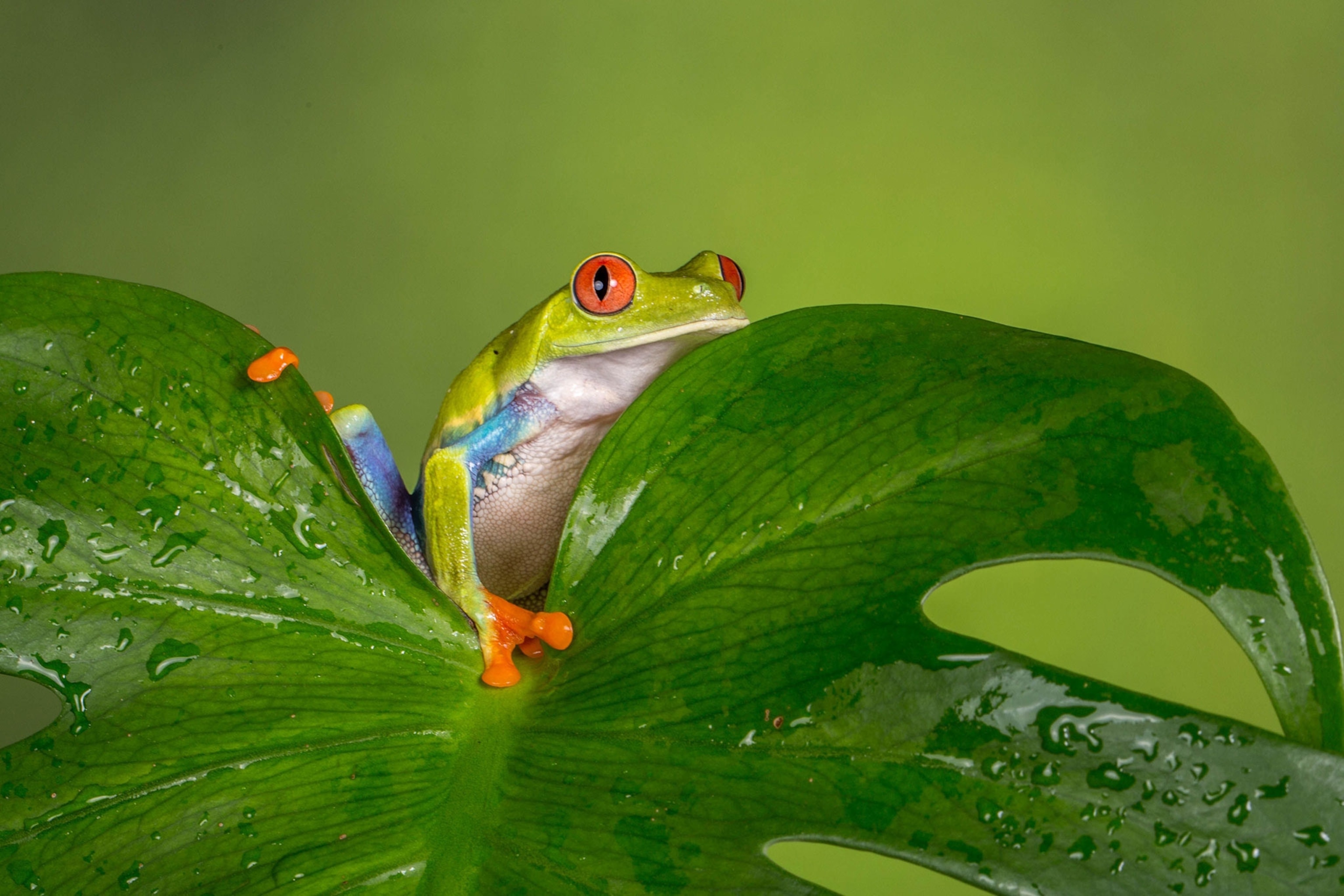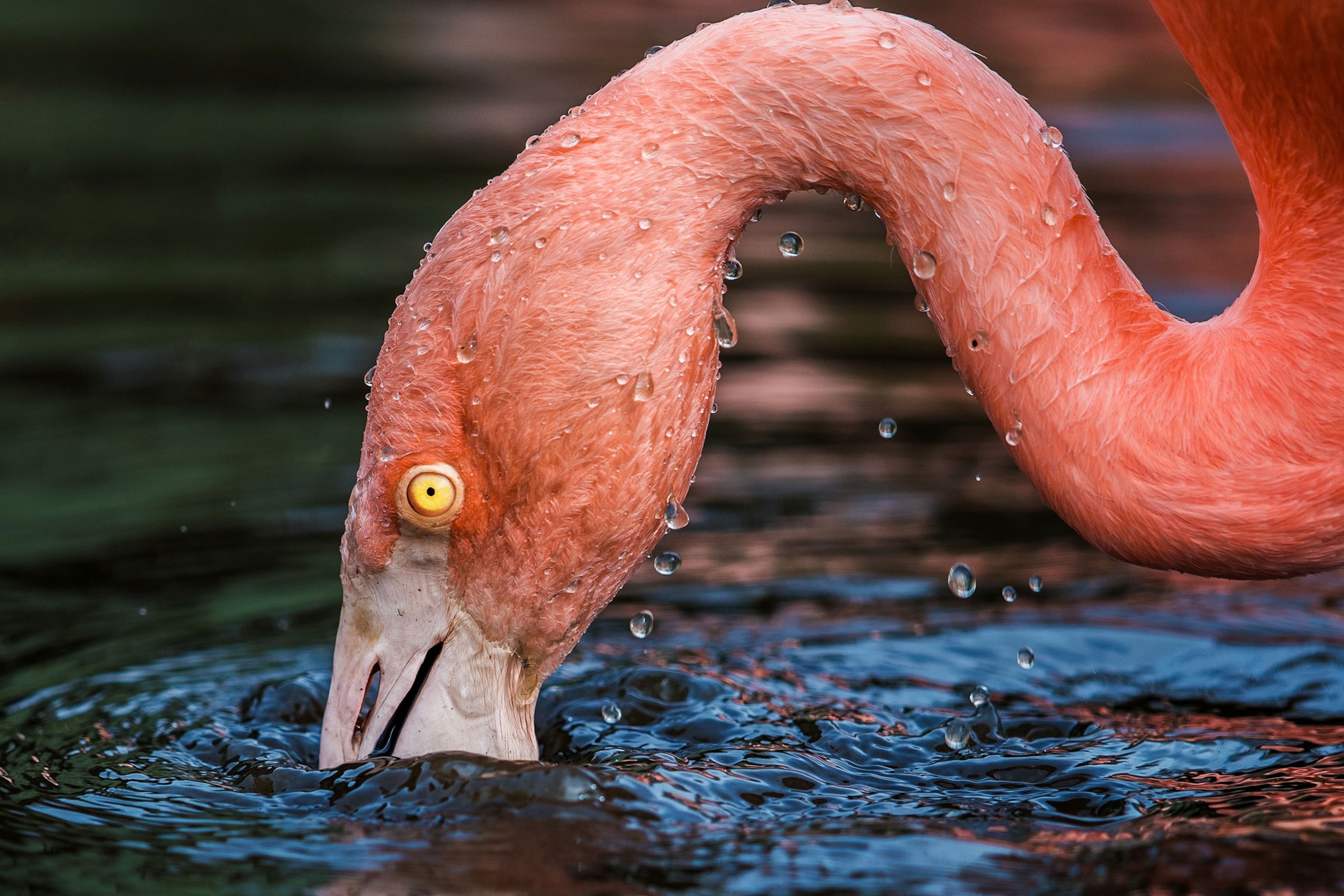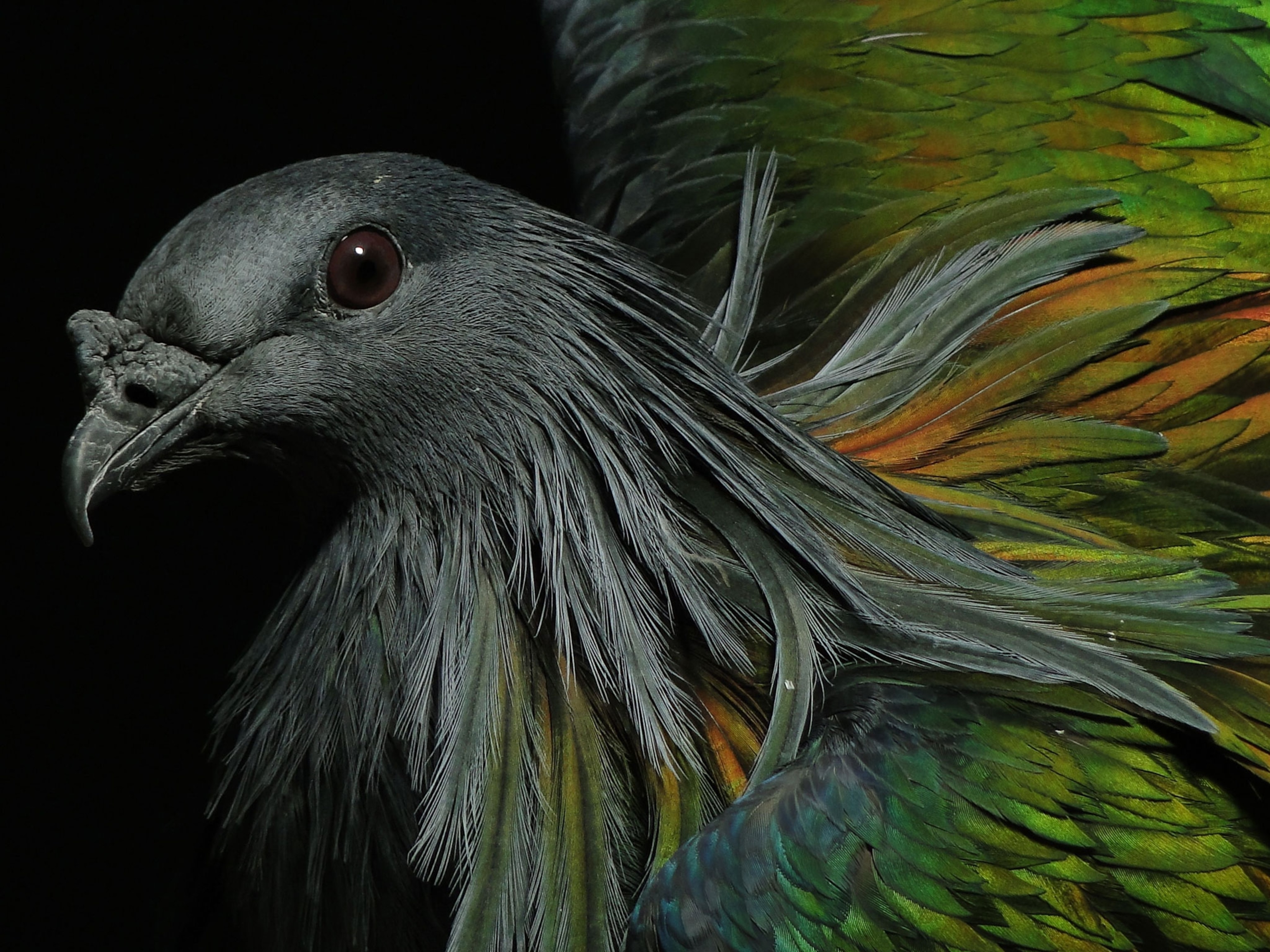
Hearing Feet and Other Body Parts Repurposed By Nature
Water scorpions, star-nosed moles, and other animals have multipurpose body parts.
Some of us eat with our eyes and talk with our hands. Under the right circumstances, our hearts may even sing. We live in busy times. Even our body parts have to be multitaskers.
Some animals go beyond metaphor, and have body parts that actually do double duty.
Last week, Weird & Wild reported about a frog from the Seychelles Islands that hears with its mouth. Here are five other animals with repurposed body parts that serve more than one function. (See “Pictures: Mouth-Birthing Frog to Be Resurrected?“)
Octopi Taste With Their Tentacles
Octopi are kind of Renaissance cephalopod, charming and multitalented. They can hide from their enemies and open jars, are great shots with a water pistol, can mimic their friends, and are able to take arms against a sea of troubles.

They can also taste with those arms.
The octopus is chemoctactic; it can taste what it touches. Its suction cups have about 200 taste buds per arm, so if it likes something … well, best not to be the something it likes. Those who enjoy octopus sushi should keep in mind that under different circumstances that sucker could have been tasting you back.
Water Scorpion Breathes With Its Tail
If you’ve seen one of these in the swimming pool, you might have thought it was a stick bug that didn’t get the camouflage memo and forgot to stay in the sticks.
Actually, it’s a water scorpion, mostly harmless (unless you’re a mayfly or freshwater shrimp) and not a scorpion at all. It’s an insect with six legs, as opposed to an arachnid, which is an invertebrate with eight. It’s similar in appearance, though, especially its grasping forelimbs that resemble a scorpion’s pincers. Then there’s that tail—that magnificent tail—it breathes through.
The water scorpion’s tail is actually a snorkel, sometimes called a siphon. When the bug pokes this tube up above the surface of the water, air diffuses down the tube into an air bubble the insect carries, held in place with tiny hairs between its forewings and abdomen. It’s kind of like dipping your water bottle below a river’s surface to refill it, only the scorpion is dipping into the air to replenish its supply.
Star-Nosed Mole Feels With Its Nose
Between a set of claws that would make Nosferatu think “gah, get a manicure,” and a nose that looks like someone stuck a Dalek to its face, the star-nosed mole is so weird looking that if you saw it in a sci-fi movie you’d think they’d gone overboard with the effects.
The star-nosed mole’s firework of a proboscis. Photograph by Ken Catania, National Geographci Stock
And yet that firework of a proboscis has exceptional powers. Not only can it smell things underwater (if it sounds easy, you try it), but the mole also uses it like fingers to touch and figure out its surroundings (it’s more or less blind).
Related: Photos of Colorful Animals
With tens of thousands of Eimer's organs, sophisticated epidermal touch organs, that 22-tentacled schnoz boasts the most sensitive area of skin of any mammal and was the subject of a 2010 study exploring “the molecular basis of mammalian touch,” potentially leading to pain-mediating drugs and therapies.
Great! Just keep it waaaay over there. Okay?
Water Boatman Sings With Its Genitals
Vagina Monologues, you’ve been one-upped. Meet the singing penis.
An insect called the water boatman, not much bigger than a sprinkle on a cupcake, makes a chirping sound by rubbing its penis against its belly, a musical innovation similar to the way male crickets chirp by rubbing their wings together.
Not only does it sing, it’s loud. The water boatman’s musical tackle peaked in experiments at 105 decibels, just a little louder than an outboard motor or a jet flyover at 1,000 feet, making its crotch concerto the loudest sound relative to body size of any animal. (See “World’s Loudest Animals.”)
Perhaps the female of the species wants something that goes to 11.
Elephants Hear With Their Feet
We use the phrase having your “ear to the ground” to mean staying on the alert, but elephants’ hearing is kept to the ground—almost literally—through their feet. Stanford researcher Caitlin O’Connell-Rodwell theorized back in 1992 that elephants communicate through seismic vibrations, and years of research proved the theory true.

Elephants, for example, send warnings to other elephants by trumpeting and stamping the ground; recipients respond in ways such as vacating the area earlier than usual. (Video: “How Elephants ‘Hear’ With Their Feet.”)
An elephant’s feet and trunk are extremely sensitive. Their mock charges, behavior intended to frighten predators, transmit through the ground at a frequency of 20 hertz (the lowest point of human hearing). The vibrations from mock charges can transmit at a distance of up to 20 miles. (See “Elephants Communicate in Sophisticated Sign Language.”)
Sadly, not everyone is sending them good vibrations.















































